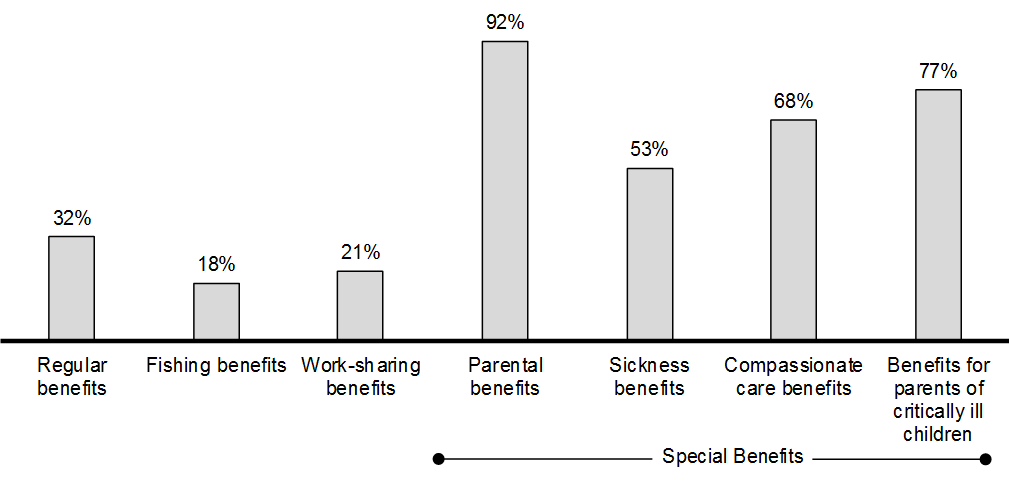Backgrounder: Canada's New Parental Sharing Benefit
Backgrounder
The Government of Canada is committed to breaking down barriers to gender equality so that women and girls can participate in, and contribute to, Canada's growing economy—to the benefit of the middle class and everyone working hard to join it.
Budget 2018 proposes a new five-week Employment Insurance (EI) Parental Sharing Benefit that will be available as a "use it or lose it" benefit top-up when both parents agree to share parental leave. The new benefit will be available to eligible two-parent families, including adoptive and same-sex couples.
The new benefit proposes to provide greater flexibility—particularly for mothers—to return to work sooner, if they so choose. It would become available on March 17, 2019.
This type of benefit has been proven to encourage a more balanced sharing of child care responsibilities that goes well beyond the five‑week period. Quebec—as well as other countries that have implemented similar benefits—have found that they can play a significant role in who takes time off to provide caregiving. For example, Statistics Canada reported in 2016 that 80 per cent of new fathers in Quebec claimed or intended to claim parental benefits, in part because of leave that was specifically reserved for them. In the rest of Canada, which does not provide second parent leave, this same figure was only 12 per cent.
This benefit would increase the duration of EI parental leave by up to five weeks in cases where the second parent agrees to take a minimum of five weeks using the standard parental option of 55 per cent of earnings for 12 months. Alternatively, where families have opted for extended parental leave at 33 per cent of earnings for 18 months, the second parent would be able to take up to eight weeks of additional parental leave.
The maximum period that any one parent can take of parental leave is limited to 35 weeks under the standard option. To access the additional five weeks of benefits, any combination of sharing will be eligible. For example, this could include 20 weeks for one parent and 20 weeks for the other, or 35 weeks for one and five weeks for the other. Equivalent conditions will exist for parents who choose the extended parental leave option.
EI Parental Sharing Benefit
Women represented 44 per cent of all new EI claimants in 2015–16, and received 47 per cent of the total amount paid. Of parental benefits, women received 92 per cent of total benefits paid during this period.
Share of Total Employment Insurance Benefits Paid to Women, by Benefit Type, Canada, 2015–16

Source: Employment Insurance Monitoring and Assessment Report, 2015–16.